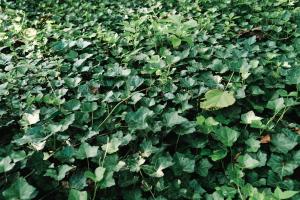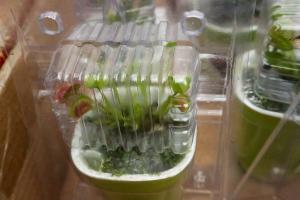Where to Plant Surinam Cherry Tree
Surinam cherry, also known as Pitanga or Brazil cherry, is a tropical fruit tree that grows in South America, Central America, and the Caribbean. It is gaining popularity in many parts of the world because of its sweet-tart flavor, high nutritional value, and ornamental value. If you are planning to grow Surinam cherry tree, you need to know where to plant it for optimal growth and fruit production. In this article, we will discuss some factors to consider when choosing a location for your Surinam cherry tree.
Climate
Surinam cherry is a subtropical to tropical tree that requires warm temperatures and high humidity. It can grow in USDA hardiness zones 9-11, which include Florida, southern Texas, California, Hawaii, and Puerto Rico. The ideal temperature range for Surinam cherry tree is 70°F to 85°F during the day and 60°F to 70°F at night. The tree can tolerate some cold weather but not frost or freezing temperatures. Therefore, it is essential to choose a location that provides shelter from cold winds and frost pockets.
Sunlight
Surinam cherry tree requires full sun to partial shade to thrive and produce fruit. The tree needs at least six hours of direct sunlight per day to photosynthesize and produce energy. If you want a higher fruit yield, you need to place the tree in a location that receives more sunlight. However, if you live in a hot and dry area, you may want to provide some shade during the hottest part of the day to protect the tree from sunburn and stress.
Soil
Surinam cherry tree grows well in well-draining soil with a pH range of 6.0-7.0. The tree prefers sandy, loamy, or clay soils that are rich in organic matter, but it can also tolerate poor and rocky soils. Avoid planting the tree in areas with heavy clay, compacted soil, or standing water, as these can cause root rot and other diseases. You can amend the soil with compost or other organic matter to improve its fertility and structure.
Water
Surinam cherry tree requires regular and consistent watering to establish and produce fruit. The tree needs about 1-2 inches of water per week, either from rainfall or irrigation. Avoid overwatering the tree, as this can lead to root rot and other fungal diseases. You can use a drip or sprinkler irrigation system to deliver water to the tree's roots evenly. Mulching around the tree can also help retain moisture and suppress weeds.
Space
Surinam cherry tree can grow up to 25-30 feet tall and 15-20 feet wide, depending on the variety and growing conditions. Therefore, it is essential to plant the tree in a location that provides enough space for its mature size. If you are planting multiple trees, space them at least 15-20 feet apart to prevent competition for nutrients and sunlight. You may also need to prune the tree regularly to control its size and shape.
Pests and Diseases
Surinam cherry tree is relatively pest and disease-resistant, but it can still be affected by some common problems. Some pests that may attack the tree include fruit flies, scales, aphids, and mites. Diseases that may affect the tree include root rot, canker, and blight. To minimize these risks, you can practice good sanitation, remove fallen leaves and fruits, and use organic pest and disease control methods if needed.
In conclusion, choosing the right location for your Surinam cherry tree is crucial for its health, growth, and fruit production. Consider the climate, sunlight, soil, water, space, and potential pest and disease problems before planting the tree. With proper care, your Surinam cherry tree can provide you with delicious and nutritious fruit for many years to come.

 how many times do yo...
how many times do yo... how many planted tre...
how many planted tre... how many pine trees ...
how many pine trees ... how many pecan trees...
how many pecan trees... how many plants comp...
how many plants comp... how many plants can ...
how many plants can ... how many plants and ...
how many plants and ... how many pepper plan...
how many pepper plan...





























